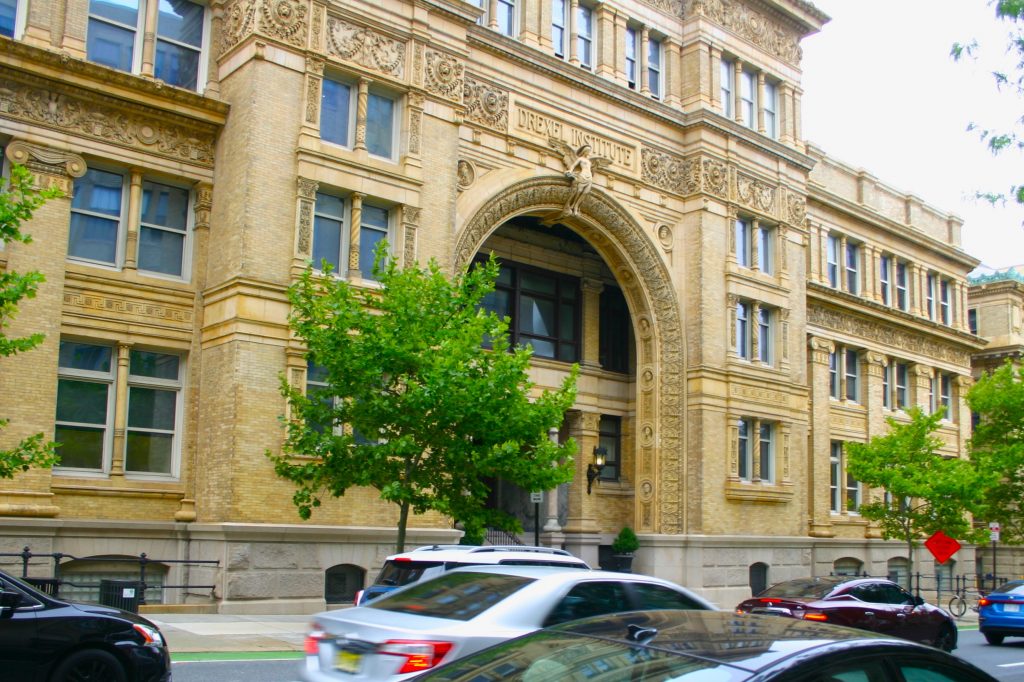
At a town hall held on Wednesday, Oct. 9, Drexel University Interim President Denis P. O’Brien indicated that cost-cutting measures will continue in an effort to stem a $63 million operating deficit.
Included in the budget cuts will be the suspension or deferment of certain employee benefits, such as employer retirement contributions, medical copays and SEPTA benefits. There will also be a salary reduction among senior staff and a hiring freeze; layoffs are anticipated in November.
Additionally, on June 17, the first-come, first-serve voluntary retirement incentive plan was announced, including a “salary payout based on age and years of service” with a program cap of $25 million.
Student organizations have been feeling the effects of the cuts since mid-September, after the Student Activity Fund Allocation Committee instituted a 17.57 percent reduction across the board in student organization funding in response to lower-than-expected enrollment. Clubs at Drexel are funded directly from the student activity fee included in tuition.
The university is seeking to reduce spending by approximately $150 million by fiscal year 2027 to “achieve sustainable, positive margins,” according to an email from Interim President O’Brien to faculty and staff.
Already, it has announced plans to merge its College of Engineering and College of Computing and Informatics as part of an “academic transformation” initiative aiming for a more streamlined university.
University administrators attribute some of the decline to headwinds being felt nationwide in higher education. The recent Supreme Court rulings against affirmative action and the Department of Education’s unprecedented fumbling of the FAFSA have left admissions departments scrambling across the country. Above all, college enrollment nationally has been on a steady decline year-over-year, paralleling the birth rate.
Drexel purports to be especially affected by the problematic FAFSA rollout in light of enrolling a high number of Pell Grant recipients. Without access to financial aid information, many aid-eligible prospective students were deterred from enrolling in college for a year or entirely.
Tuition remains a glaring issue. Even as Drexel advanced 12 places to #86 in the US News & World Report Best Colleges Rankings, its $62,412 tuition and fees place it narrowly ahead of sticker-price at Princeton, the Massachusetts Institute of Technology and Harvard. Furthermore, for families earning under $110,000, Drexel’s net cost after aid is higher than what those students would pay at any of the top 20 national universities that often award more scholarships.
Considering the university’s history, issues of low enrollment and poor retention are not new; outgoing president John Fry and his predecessors contended with the same issues, to varying degrees of success. During Drexel’s last period of major financial upheaval in the 1990’s, a time with different demographics and headwinds, the winning strategy was to solicit gifts, invest in student aid and diversify programs. It remains to be seen what vision Drexel’s next permanent president will have for addressing the structural deficit.


